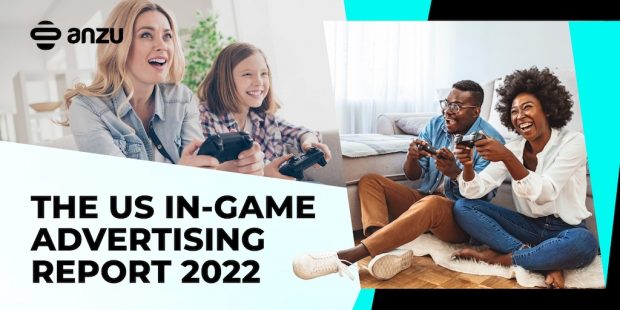70% Of Gamers Are Positive Or Neutral Towards In-Game Advertising - Anzu
by on 13th Apr 2022 in News

Seven in 10 gamers in the US are positive or neutral towards in-game advertising, with 50% of gamers aged between 25-44 saying it enhances the gaming experience.
That’s according to new research released today by Anzu, the world’s most advanced in-game advertising platform. The study, which includes contributions from games market insights and analytics company Newzoo, was conducted to inform advertisers’ decisions around their approach to gaming, to paint a picture of what the current US gamer audience looks like, and how their attitudes towards seeing ads in their favourite game titles are changing.
With the US gaming market generating an estimated USD$36.9 bn (£2.9bn) in annual revenue and a forecasted 179.6 million monthly US gamers in 2022, it has become the second-largest gaming market worldwide, with only China surpassing it.
The surge in popularity of gaming has led many US brands to extend their advertising into games to capitalise on the vast opportunities this growing medium has to offer. In-game advertising provides a link between advertisers, game developers, and their final end-user - gamers - to reach this enormous audience where they spend the majority of their downtime.
Key findings from US gamers include:
- 50% of US gamers say it's important to see their favorite brands in games
- 3 in 5 (63%) of Americans increased gaming during the pandemic, with 2 in 5 (41%) expecting to continue the same amount of gaming post-pandemic
- Over two-thirds of US gamers would welcome more advertising into their games
- Mobile remains most popular (78%), but console (57%) and PC (54%) are catching up
- 55% of people in the US who play games ‘most definitely’ identify as gamers
“Gaming is quickly falling onto the radar for many advertisers in the US,” says Matt Jablon, sales director US (West Coast) at Anzu. “Knowing your audience is of utmost importance, so this report will be key to advertisers wanting to know more about the opinions and priorities of US gamers and the most effective methods to engage with them going forward.”








Follow ExchangeWire